by Elyse
Grade: F+
Title: Captive Splendors
Author: Fern Michaels
Publication Info: Ballantine Books 1980
ISBN: 0-345-31648-7
Genre: Historical: American
 I picked up a copy of Fern Michaels’ Captive Splendors from a used bookstore, and boy was I in for a surprise. I vaguely remember reading her Texas series back when I was a teen, but I didn’t remember anything about it. This one had a benign cover and some vague references to desire on the high seas, and I love a good pirate story, so I grabbed it.
I picked up a copy of Fern Michaels’ Captive Splendors from a used bookstore, and boy was I in for a surprise. I vaguely remember reading her Texas series back when I was a teen, but I didn’t remember anything about it. This one had a benign cover and some vague references to desire on the high seas, and I love a good pirate story, so I grabbed it.
I had girded my loins in preparation for an Old Skool historical, but nothing could have prepared me for the sheer level of WTFery this novel contains. I can only guess that Michaels dropped acid while she was writing it.
On one hand, I kind of want to give this book an A for the sheer level of batshit insanity it manages to encompass. It takes all those offensive Old Skool tropes and then feeds them PCP and lets them loose on the reader. On the other hand, it was so jaw-droppingly bad, I had to give it an F.
I broke this bad boy up into three parts to really make sure I was getting everything that happened in the book. If you really want to read this book, then skip the last portion of the review because I’m going to lay it all out for you. To quote my favorite sorority sister, tie yourself down because this is going to be a rough fucking ride.
Part I: Everyone In This Family Is Insane
So first thing Michaels does is introduce us to the hero, Caleb van der Rhys, and show us what an Old Skool hero is. Caleb the captain of the Sea Siren and an agent of the Dutch East India Company. The book opens with him in port, having his wicked way with a whore. The whore is all like “OMG Caleb, you’re the most manly man ever and the best lay I’ve ever had. Take me away from this bad place and make your mistress so I can worship your love-tool.” And Caleb is like “Woman, quit smothering me! To punish you for the smothering I shall make sweet love to you one more time and then never again!” And the whore cries. Because Caleb is a man, baby, and you can’t tie a man down.
Then we move on to the heroine, Wren van der Rhys. If you just picked up on the fact that she and Caleb have the same last name, it’s because they are adoptive step siblings. Yup. SIBLINGS. But is okay because 1. they weren’t raised together and 2. they aren’t biologically related in anyway. The words “Well, he’s not your real brother,” actually appear in this book.
So anyway, Wren and her friend, Sara, are living in London and going to finishing school or whatever the fuck ladies did circa 1630. Wren is gorgeous and spunky; she has black hair, eyes the color of flame, and she says “damnation” a lot. We know she’s the heroine because she has unusual hair/eye coloring and an odd name.
We learn through massive info-dump that Wren was adopted by Regan van der Rhys and his 3rd wife, Sirena. Sirena used to be bad-ass lady pirate called the Sea Siren. Regan and Sirena live in Java and are picking Wren up from London. Did I mention Wren and Sara are living with Regan’s (2nd) ex-wife, Camilla? Cuz they are. I guess the divorce was amicable. Oh, and by the way, Caleb admits to sleeping with Camilla when she was married to his father. In fact Caleb and Regan share a nostalgic chuckle about all of this. If you're thinking WTF is wrong with all these people, join the club, because I was convinced they were all deranged.
Anyway, Wren is in love with Malcolm, who is a douchebag. Malcolm is a ladies man, but he’s broke. So he seduced Wren’s friend Sara, then when he found out that her family fell out of favor with the king, ditched her for Wren. He’s pretty sure Wren is an heiress and the solution to all his financial troubles. Why Wren and Sara don’t sit down and compare notes regarding Malcolm’s d-bagness are beyond me, but they don’t.
When Regan and Sirena find out about Malcolm, they freak, because they can tell immediately he’s a dbag. They figure Wren is just in love with him because he’s the first man to court her, so they suggest to Caleb—HER STEPBROTHER—that he flirt with her to show she’s desirable. You see, Sirena believes Caleb is Wren’s destiny, DESPITE THE FACT THAT THEY ARE SIBLINGS. And Caleb is all like, sure, whatever.
But Wren just kicks him the balls and leaves him rolling around the garden, so that doesn’t work.
It’s okay though, Sirena has a whole slew of bad fucking plans up her sleeves. She arranges for Malcolm to meet her in the garden, and since she’s a fox, she coaxes him into rubbing his face in her boobies.
Wren sees the boob-rubbing and throws a fit, accusing Sirena of being a giant whore and yells “you’re not my real mom anyway!” When Malcolm hears the “not my real mom” part he realizes that Wren isn’t an heiress, and now he’s all pissed. He tells Wren, “it’s not you, it’s me.” Wren thinks he's being noble because he’s poor and can’t support her.
Meanwhile Sara, who is still in love with Malcolm, finds him and they have a roll in the hay. Since she’s poor, Malcolm blows her off, too.
Wren isn’t giving up on Malcolm, though. Oh, no, she’s a feisty one. She runs away and finds him. Malcolm brutally rapes her, then gets drunk and loses her in a game of cards to three sailors who also rape her.
So if you’re keeping score, within the first third of the book we have 1. Adoptive step-sibling lovin’ 2. A mom who is a former pirate 3. Gang rape.
Part II. Also, Puritans.
Caleb is still smarting from the ball kicking, so he goes back to being a badass sea captain. He finds out his partner, Farrington, has arranged for them to smuggle a bunch of Puritans out of England and to the New World.
Guess what? Sara’s family is part of that Puritan group! Yup, Sara’s brother, Bascom, is some kind of religious zealot who has visions from God and everyone is following him to America. Also, Bascom repeatedly emotionally abuses and rapes his wife, Lydia, because we can’t have more than five chapters without rape or mention of rape.
Meanwhile, Wren escapes from Malcolm and the sailors by waiting till they’re wasted, then strangling one of the sailors with her stocking. As Malcolm starts to come to, she whacks him the face with a hot poker, disfiguring him and blinding him in one eye.
Wren doesn’t want to go home because she’s ashamed of how she treated Sirena and Regan. She knows Caleb will look out for her, but for some reason she can’t just go to him and ask for help. Instead a friend gets her a Puritan-looking dress, and she sneaks aboard the Sea Siren with the Puritans. Then she’s all like, HEY SARA!
Sara is like “WTF. What happened to Malcolm?”
Again, no one actually discusses what a d-bag Malcolm is, so Wren says:
“Malcolm is…was…actually, Malcolm is dead… He developed some sort of…of pox and just…he just died. In my arms.” (Michaels 168).
Even Sara doesn’t buy this load of BS. Once Wren realizes hanging out with the Puritans is no fun (can’t say “damnation”) she asks to be brought to Caleb. Caleb decides she needs to be punished for running away and leaves her there.
Caleb is an ass-hat throughout the entire book. At one point Michaels decides he might actually need to have a feeling other than gas, so she has him reflect on what he’s looking for in a lady:
“Somewhere, someplace, someday, he would find a woman full of wonder and excitement, a woman who would love him the way he would love her. They would make love the first time to his satisfaction and the second time to the satisfaction of both; each time they would be tantalizing and incomprehensibly cruel with each other, yet gentle, so very gentle, as if their lovemaking were an assault and a confession at the same time…” (Michaels 144).
Call me old fashioned, but the words “incomprehensibly cruel” and “assault” probably don’t belong in dreams of love. Also glad to know he's gonna take care of her sexual needs in the second round. Class act, Caleb is.
Anyway, to add to the mass of confusion, Malcolm also sneaks aboard the ship. Seems he and Farrington are partners in some jewel heist or some shit like that. Farrington is smuggling him to the Americas also. So Malcolm is hiding in the locker box and Wren is hiding with the Puritans. Then Bascom, the zealot, sees her and decides she needs to be purified or some shit. There’s a bad storm up top and Bascom drags Wren to the deck to be cleansed by the fury of God. Caleb meanwhile is lashed to the wheel, trying to steer them safely through the storm.
Wren realizes she’s going to be washed overboard so she manages to wedge herself in-between some barrels or something. Caleb can’t go help her without killing them all, so he watches her between the waves, afraid she’ll be washed over:
“He couldn’t see her, didn’t know if she alive or dead. She could have been washed overboard…The thought of Wren’s body being hurled about beneath the relentless tides was more than he could bear. A single, lone tear formed in his eye and clung to the lash. Only once before could he ever remember a tear coming to his eye, and that had been when Sirena had told him Regan was his father.” (Michaels 181).
That’s right. Caleb knows he’s in love because he cries a single fucking tear for her, the second tear he’s ever cried in his entire badass life. He makes Chuck Norris look like a whining little puke. THAT is an Old Skool hero.
Wren and Caleb survive the storm, but they’re all battered and feverish. The crew tucks them into bed together “for warmth,” and they start to develop tender feelings for each other. Wren feels safe with Caleb, and in the fits of her fever, tells him about how she was raped. When she wakes up, she is horrified, but Caleb is kind to her.
Once everyone is healed you’d think we’re on to the sexy loving times, but no. For reasons that boggle the mind, Caleb decides now would be a great time to sleep with Sara.
Sara is pregnant by Malcolm, and freaking out about it, so she seduces Caleb with the hope of passing the baby off as his. And by “seduce” I mean she basically says “Wanna fuck?” and Caleb is all like “Sure, but don’t think this is a relationship, because I’m not that kind of man, baby.”
Wren is upset and there’s catfigthting and general sniping, and Caleb spends a lot of time thinking “Argh! Women!”
He then ditches Sara and begins to pursue Wren sexually, which pisses Sara off. By now Sara is completely batshit insane. She’s found Malcolm hiding in the locker box by following Farrington one day. So to get back at Wren she locks her in the locker box with Malcolm. She also kills Farrington to cover her tracks, and tells everyone that Wren was washed overboard.
If you can’t keep track of all of this, don’t worry. I had to jot notes on a napkin while I read this shit on my flight home from a business trip. If you actually want to read this book, stop now, because I’m going lay out the shit-tastic ending in part three.
Part III: Meanwhile, Wren is Still Tied to a Tree
Okay, so Wren is now trapped with Malcolm who rapes her again (of course). Caleb thinks she was washed overboard and is dead. Sara is pregnant and insane. Bascom is not pregnant and insane.
They get to America and Malcolm sneaks Wren off the ship in the middle of the night. He decides he’s going to ransom her back to Caleb. He ties her to a tree in the woods and leaves her there.
Meanwhile Caleb goes ashore and learns that the local governor, Kiefft, has been abusing the local Native American tribe, driving them nearly to starvation and using them for slave labor. Caleb is friends with the Pequot Chief, Sassacus, who tells him the Pequot will go to war with the Dutch if the situation doesn’t improve. Caleb thinks he can broker peace between the two parties (because he's a man, baby).
Meanwhile, Wren is still tied to a tree.
Malcolm finds Caleb and tells him he wants a bunch of jewels for Wren’s safe return. Caleb wants to kill him, but can’t because then he won’t know where Wren is. He nearly passes out because the stress of not being able to act on his manly urge to kill Malcolm is too much to bear. Also he loves Wren, and the affects of his love are described in the same painful terms I would use to describe a kidney stone. I swear, he's body is so violently allergic to love that it's causing his vision to "go gray."
Back at the tree, Wren freaks out because there are red ants attacking her. I think they might have been biting her lady parts, but I'm not sure. She screams and passes out. Some Pequot girls hear the scream and find her. They untie her and take her back to their village, where she is cared for.
Caleb pays Malcolm and then goes to the place where he was told Wren was. He sees that she is missing, but intuitively senses she’s safe with the Pequot or some bullshit like that. He finds Sassacus who tells him war is imminent, and also, hey, we have your stepsister/girlfriend.
At this point there was some tearful reunion and sexytimes in a waterfall or some shit like that. I don’t know. My brain had melted.
Caleb and Wren go back to New Amsterdam. They find that Bascom has shunned his pregnant sister and she’s basically stark-raving mad, so they come up with the solution of selling Sara to the Pequots. I mean, what else are you going to do with a pregnant murderess, but sell her off to the locals? Also Wren thinks this is a brilliant idea because:
“A hut is a lot easier to build than a house. All we really need is some shelter that will protect her from the elements. Surely there must be some kind soul who would take pity on her and let her live within the confines of the settlement.” (Michaels 362).
Right. Let the crazy bitch live with the Indians because she’ll manage better in their squalid conditions than with the white folks. Good plan.
Then Lydia talks about making pies, and Bascom rapes another girl (I think this was rape number five). Bascom gets murdered and Malcolm drowns. Both epic bad guys were killed uneventfully in an almost oh-by-the-way scene of the book. Just...fucking...argh!
Meanwhile Kiefft convinces a bunch of settlers that Caleb and his crew are partisans with the warring Pequot and they attack the Sea Siren. Caleb and Wren and the crew defend her in a two page battle scene where Wren somehow becomes a female pirate and fierce warrior, and Caleb is all "Daaaamnnnn, girl!"
Then the Pequot come to their rescue and it’s all good.
By this time I felt like my gray-matter was running out of my ears, but I still had the energy to be shocked by the last words of the book. Michaels closes out this shitshow with Caleb crying his third tear ever:
“Caleb ran the back of his hand over both his eyes…Only Wren was close enough to Caleb to hear him say, ‘Look for me in that other world one day, Sassacus, and we will hunt and fish together, good friend’.”(Michaels 393).
So yeah, the big emotional send off was Caleb and Sassacus's bromance, not the true love between Caleb and Wren.
I tried to find one thing I liked about this book, and I decided the font they printed it in was okay. The slew of rapes, the crazy fucking characters, disjointed plot, and lurid purple prose were enough to make me want to beg for mercy, but also nod my head in respect to Michaels. I wouldn't have thought you could put some much awful into 400 pages, but she did. Captive Splendors is just epically, gloriously bad.
This book is available from Goodreads | Amazon | BN | Kobo | iBooks.
Categories: General Bitching, I Read This Sh*t So You Don't Have To, Reviews, Reviews by Author, Authors, L-P, Reviews by Grade, Grade F



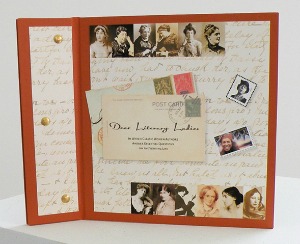


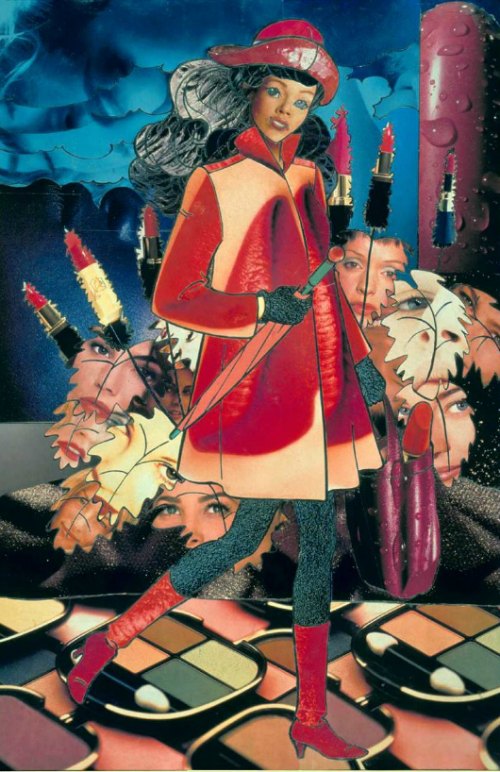


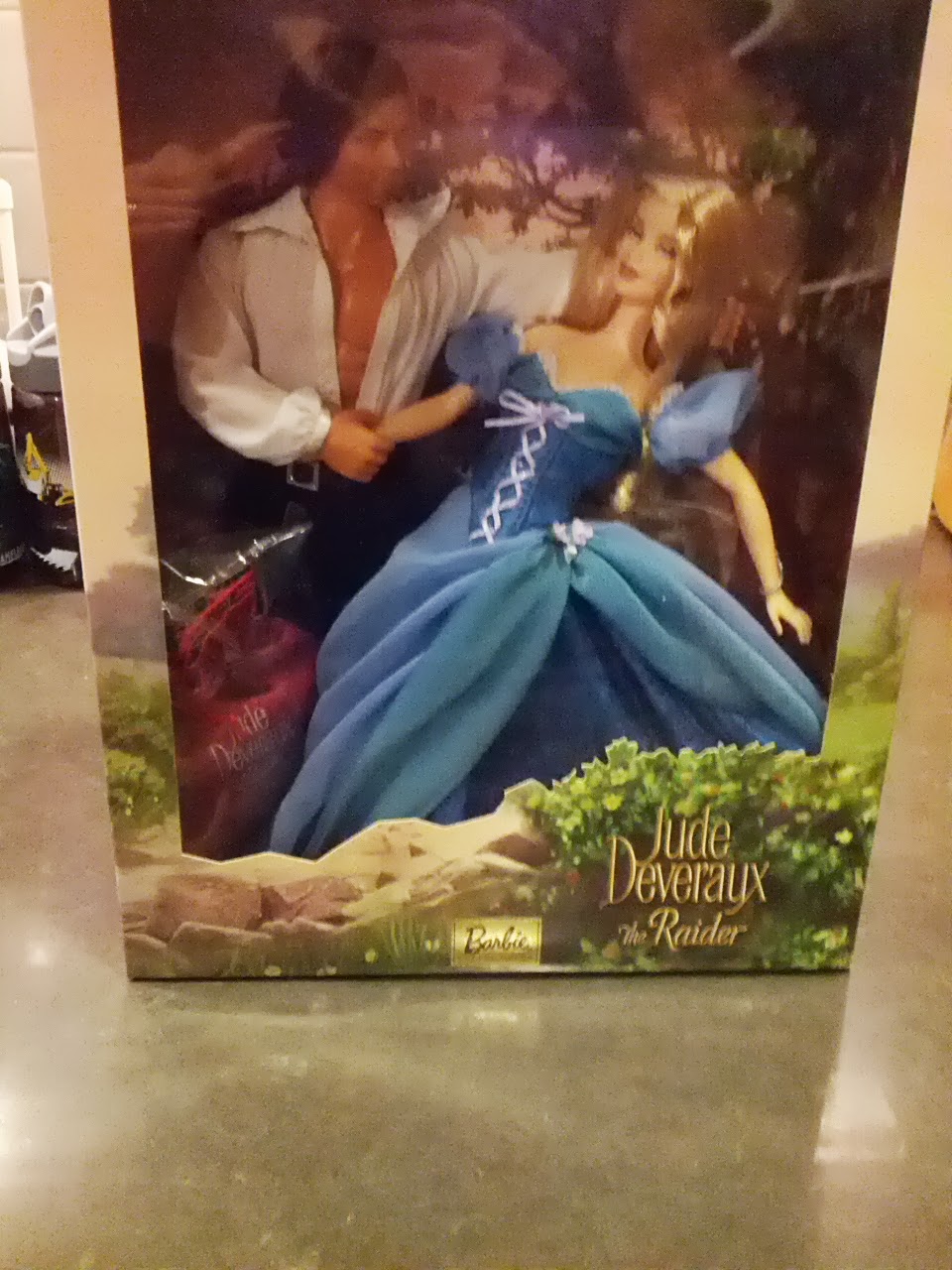







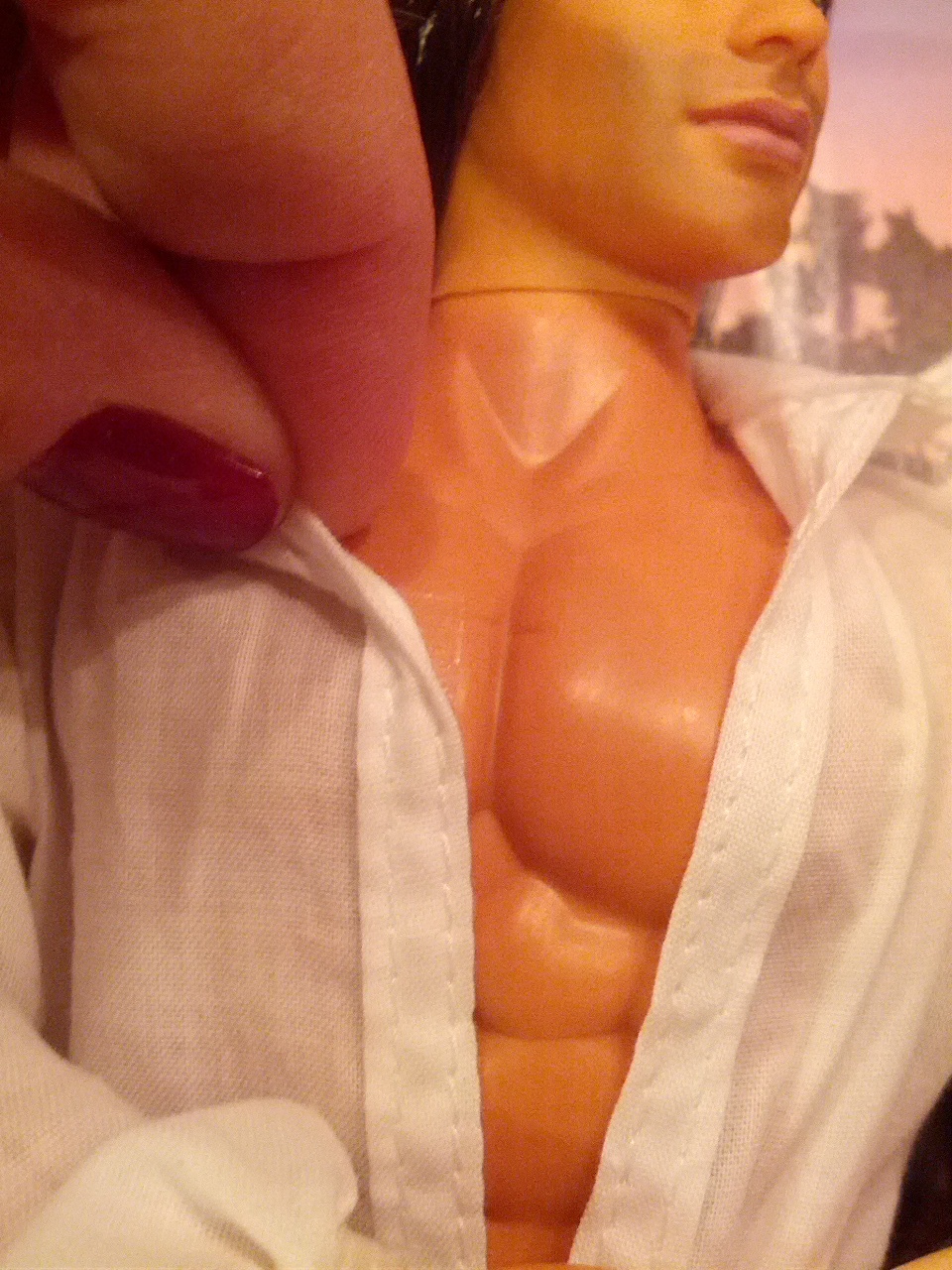



















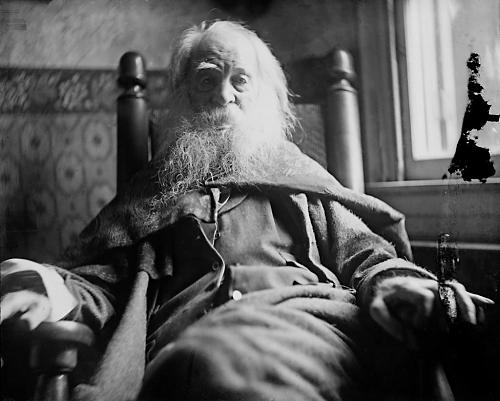

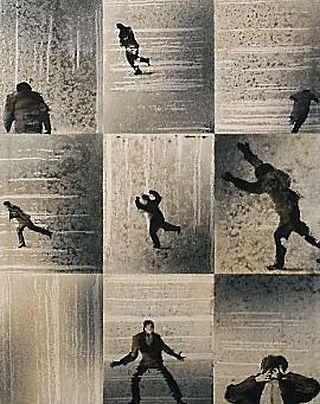
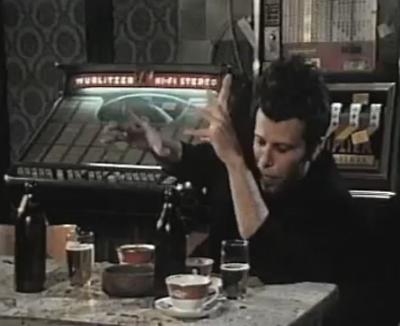





 Image: Vampire by Edvard Munch
Image: Vampire by Edvard Munch

 The ladies of Middletown
The ladies of Middletown




